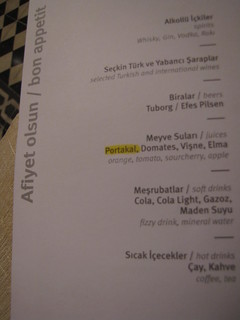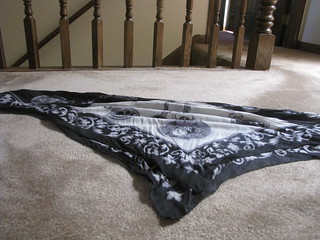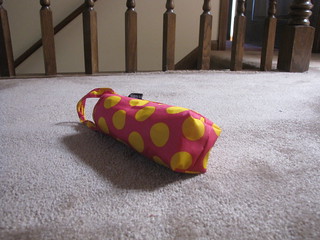Turkish subcultures can be displayed in many different ways, but in my opinion, food is the most relatable way to do so. Everyone eats, everyone is hungry and everyone, though they may be hard pressed to admit it, wants to try food from different cultures.
What is really interesting me, though, is how resturants in America tend to be more generalized toward the countries as a whole. Rarely are there any “Tatar” diners or “Kurdish” coffee shops in Chicago, but rather, there are simply “Turkish restaurants.” This is surprising, especially when you take into account the amount of cultural groups that migrate to Turkey.
Granted, the United States is able to differentiate certain specific cultures from some countries—I’ve eaten at many Cantonese restaurants before in Illinois–but there are some countries that have subgroups lumped together in terms of restaurants in the states. What’s the difference between Cretan Turks and Anatolians? As of right now, I don’t know. But they are two different walks of life, so why does the cuisine have to be the same? My hope is to find that in Istanbul, the restaurants are sub-culture specific, something that is not the case here.
Of course, I had to first establish some background so over spring break, I visited “Turkish Cuisine,” a general Turkish restaurant located in downtown Chicago, on the ethnic strip of Clark Street. Between feeding the meters, and navigating I-88 going home, I had the pleasure of talking to Marina Cardak, the manager at that time. She said she brought Turkish Cuisine to Chicago because of the need for a Turkish restaurant in the area. Though Cardak is the first to admit that the menu is comprised mostly of Mediterranean and Anatolian dishes, she said that because the food is general, Turkish Cuisine is able to feed multiple people.
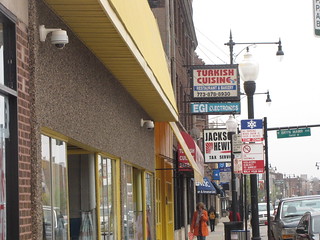
These are some of the pictures from Chicago. Check back soon for some more from Turkey. Hopefully, I’ll discover different cuisines that accurately represent the population breakdown of Istanbul. At the very least, I’ll be constantly eating, which is one of my more serious hobbies.

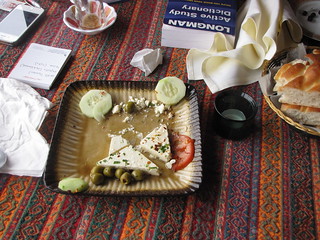

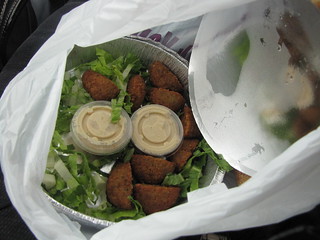
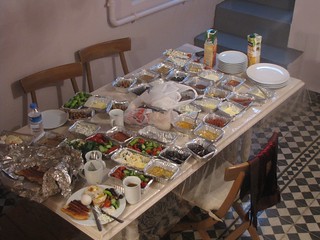
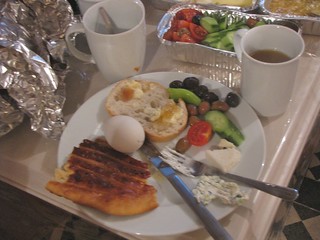


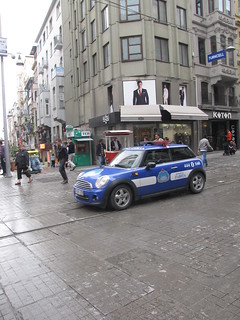

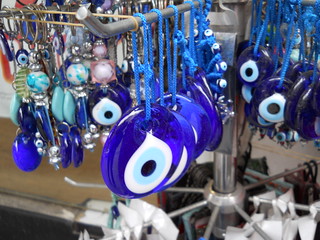
 After a long, but pleasant ten hour flight, we have finally made it to Istanbul, Turkey! While on board Turkish Airways, I was trying to learn a few words of Turkish by listening to the airline stewards and flipping through the inflight magazine. I didn’t notice too many words that looked like English, but, while reading the menu they gave us in order to select our preferred meals, I realized that a lot of words in Turkish resemble Arabic words! I knew that the Arabic language influenced the Turkish language back when the Ottoman Empire adopted Islam, I just didn’t realize the extent of this influence.
After a long, but pleasant ten hour flight, we have finally made it to Istanbul, Turkey! While on board Turkish Airways, I was trying to learn a few words of Turkish by listening to the airline stewards and flipping through the inflight magazine. I didn’t notice too many words that looked like English, but, while reading the menu they gave us in order to select our preferred meals, I realized that a lot of words in Turkish resemble Arabic words! I knew that the Arabic language influenced the Turkish language back when the Ottoman Empire adopted Islam, I just didn’t realize the extent of this influence.
